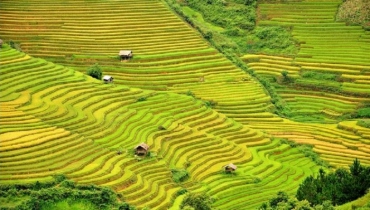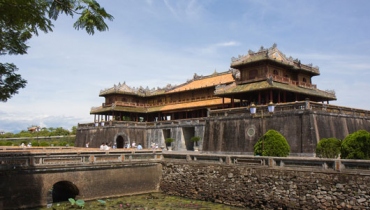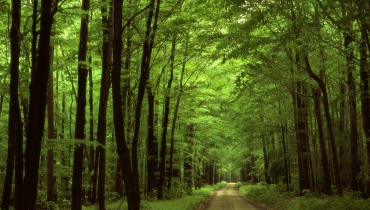Japanese Bridge - Chua Cau in Hoi An
Japanese bridge was probably built in the early 17th century. It is also known as the Pagoda Bridge (Chua Cau), was built by Japanese craftsmen who were part of a huger community of Japanese merchants, operated in Hoi An.
Japanese bridges have had a reputation for their pure beauty of being graceful curves and the inspiration from Zen spirit for a long time. It’s no doubt that the most well-known bridge of this kind in Vietnam culture travel is the one in Hoi An – the historic riverside town in the Central Part.
Travelling to Vietnam knows further that Japanese settled in this town in large numbers following a treaty with local Nguyen lords signed in the early 1600s. Hoi An at that time was underdeveloped, but the Japanese envisioned transforming the town into a great trading center. The Nguyen Lords allowed the Japanese to build streets, pagodas, and other infrastructure, along with housing for the merchants. The bridge is one of a handful of architectural treasures still extant from that era.
The bridge doubles the same as a temple, with shrines to lots of deities situated inside. One theory of the bridge's religious purpose is that it was constructed to subdue a world-spanning 'mamazu' dragon monster, whose head was situated in India and its tail in Japan. The movement of the tail was believed to cause earthquakes in Japan. As Vietnam was located in the area of the mamazu's back, the bridge was going to pin the mamazu down, in order to restrain any earthquakes.
Source: vietnamonline/thanhniennews










.jpg)








Comments